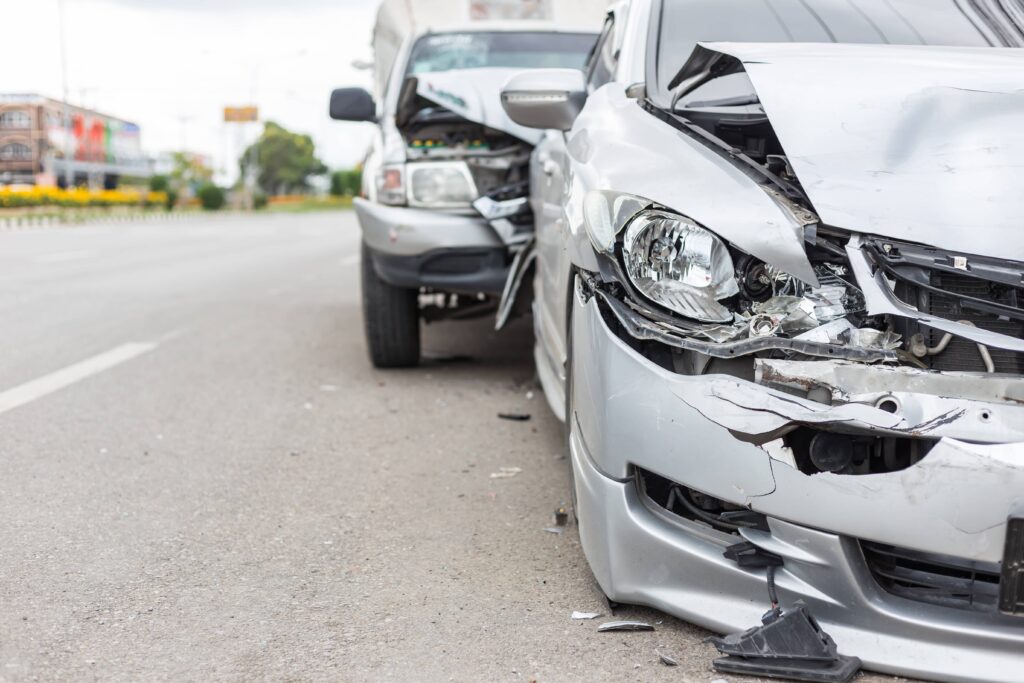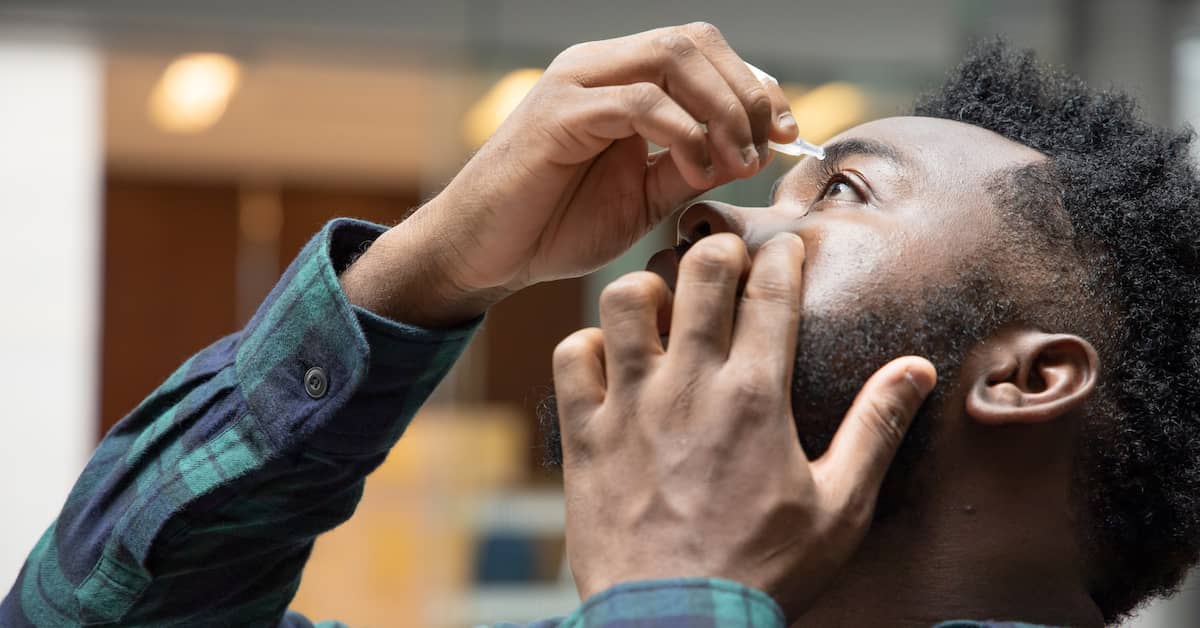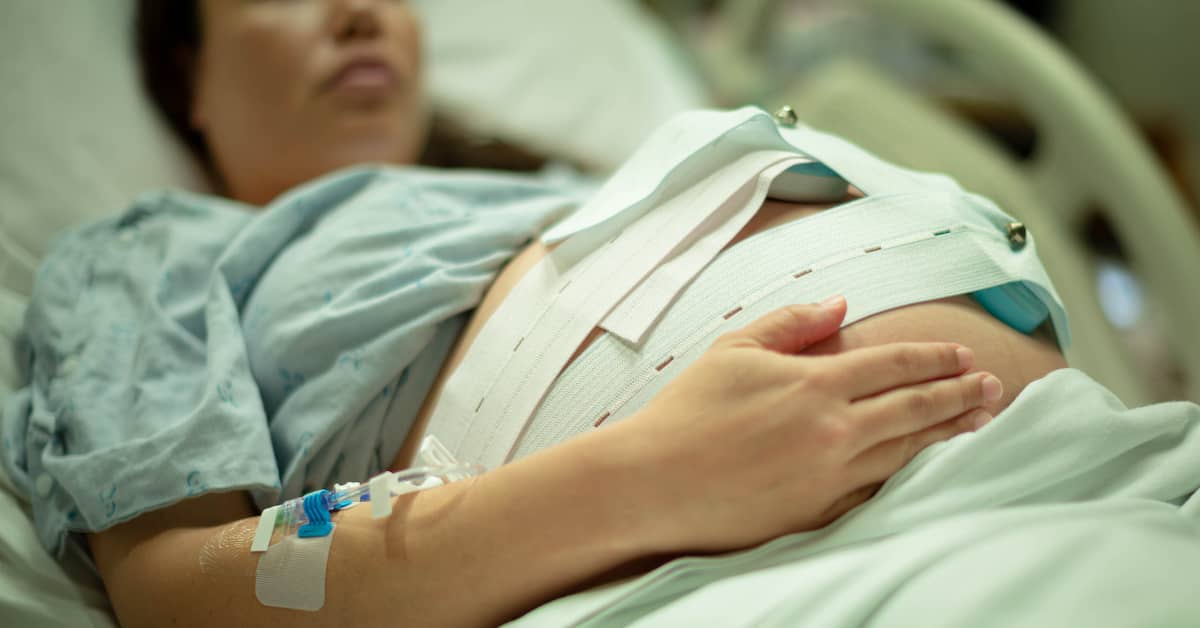
If You are Hit by an Autonomous Vehicle, Who is to Blame?
If you were hit by an autonomous vehicle, you may be entitled to recover compensation for your physical, financial, and emotional losses; however, in order to obtain compensation, you must be able to prove fault. Cases involving autonomous vehicles can be extremely complex and may require the knowledge and skill of a product liability lawyer with substantial experience in these difficult matters.
The experienced attorneys at Burg Simpson have built a reputation for excellence in a wide range of auto accident claims. We know that after a wreck, you may be facing pain, disability, and time away from work you cannot afford. Our firm is passionate about helping our clients recover the compensation they need to move on with their lives. We handle these cases on a contingency basis, meaning you do not pay if we do not win.
Is Being Hit by an Autonomous Vehicle a Criminal Case or a Product Liability Matter?
In January 2022, a criminal case was filed in California involving a fatal crash that occurred in 2019, in which a driver struck two people while operating his autonomous vehicle. The victims lost their lives when the driver ran a red light while using his Tesla’s autopilot Autonomous Vehicle (AV) system. The driver was charged with vehicular manslaughter, and the criminal charges filed against him are among the first in the country to involve a driver using AV technology.
The autopilot system was not mentioned in the charges against the 27-year-old driver because it is a criminal case. Criminal law addresses the behavior of individuals, not the malfunction of machines; however, the question remains, is this also a product liability case? Is it possible that the defense attorneys will argue this point and attempt to hold those who designed and/or manufactured the AV technology liable for the death of the two individuals? Or will prosecutors claim that our automobiles’ AV systems are within human control, and it was the driver’s responsibility to maneuver his car safely?
The driver pleaded not guilty to two counts of vehicular manslaughter. The case is still pending in CA court.
New Legislation to Address Autopilot Systems is Necessary
AV safety risks continue to be addressed by our lawmakers. The House Transportation and Infrastructure Committee’s Subcommittee on Highways and Transit recently addressed the future of AVs and how to reduce injuries and fatalities on our roads and highways. Those on Capitol Hill recognize the importance of passing new legislation to establish minimum performance standards and enforce safeguards to protect the public. Now our lawmakers must get to work to ensure the safety of all those who use our nation’s roadways and protect everyone from those who rely solely on their AV systems to navigate their vehicles.
A new bill passed in September 2022 will prevent Tesla from using the term “autonomous driving” in its advertisements for driver assistance systems. This legislation, which was sponsored by California Senate Transportation Committee Chair, Lena Gonzalez, now awaits the signature of Gov. Gavin Newsom to become law.
Since 2016, Tesla has been promoting their driver-assistance systems, such as Autopilot and Full Self-Driving (FSD), which may lead people to believe that these systems offer complete autonomy; however, this is not the case, as no fully self-driving cars are available for purchase by consumers. Tesla’s “autopilot” system still requires significant human intervention, making it a semi-autonomous system, at best. The California Department of Motor Vehicles has previously established regulations that prohibit car manufacturers from making false claims about their vehicles’ autonomous capabilities, but these rules were never enforced.
Who Is at Fault for an Autonomous Vehicle Accident?
An autonomous vehicle (AV) is defined as a driverless car that can sense its environment and moves safely with little or no human input. While some believe that automated vehicles may remove the element of human error, road travel will always carry some inherent level of risk.
When determining liability for an autonomous vehicle accident, the first question is similar to that of any other type of vehicle collision: What party or parties are potentially at fault?
In most car accident cases, the at-fault driver is liable for damages. However, in a crash involving an autonomous vehicle, there could be several parties who share some or all of the blame.
The Vehicle Manufacturer
If an automotive defect was responsible for the autonomous vehicle causing the accident, then the company that designed or manufactured the car could be liable for the crash and subsequent injuries.
A Technology Company
If a technology issue, such as a software malfunction, led to a system failure that caused the wreck, the company responsible for creating the software may be held liable.
The Vehicle Owner or Operator
Autonomous vehicles still require some direction or effort from a human being. If the person in the autonomous vehicle made an error that caused the wreck, like ignoring a warning to take control of the wheel, that person may be liable for damages.
A Third Party
Accidents can also be caused by third parties. For example, if roadways are dangerous because they are poorly maintained, or if traffic signals are missing or broken, or municipally-owned/maintained landscaping obstructs traffic signs or signals, the municipality or other entity responsible for maintaining the roads may be held liable for accidents that occur as a result.
What is a Product Liability Lawsuit?
A product liability lawsuit is a legal proceeding initiated by a consumer against manufacturers, distributors, or retailers of a defective product that causes harm, resulting from flaws in design, production, or marketing. Although some cases are individual claims, others are filed as class-action lawsuits by a collective of plaintiffs.
Types of Product Defects That Cause Injury
Product defects that cause injuries to consumers fall into three categories:
- Manufacturing defects: These defects occur during the manufacturing process. Generally, manufacturing defects only affect a small number of the company’s products. Unfortunately, it only takes one manufacturing defect to cause a serious injury or death.
- Design defects: These flaws happen when manufacturers design products that are inherently dangerous. Design defects occur independently of the manufacturing process. Heavy equipment, pharmaceuticals, recreational equipment, cars, and other consumer products can be released to the public with bad designs. These defects often result in safety recalls by manufacturers or regulators.
- Failure-to-warn defects: When product manufacturers and retailers fail to warn consumers about the potential dangers of a product, they can be held liable for injuries that occur as a result. Product warnings are nothing new; consumers are used to seeing them on almost everything they purchase. Products such as baby products, toys, recreational equipment, pharmaceuticals, vehicles, and others may pose certain risks that could result in injury or death. Companies must warn consumers of these risks.
Recoverable Damages in a Product Liability Case
Product liability cases can be complicated, and proving negligence typically necessitates the involvement and testimony of experts in the relevant industry. Moreover, each state now has its own distinct set of regulations and laws that can impact a product liability lawsuit.
The product liability attorneys at Burg Simpson represent clients in a range of cases involving dangerous and defective products. Depending on the details of your case, you may be entitled to recover damages for your medical costs, lost wages, and diminished earning capacity.
It is important to act quickly. Product liability cases are subject to time limits, known as statutes of limitations. If you fail to take action within the statute of limitations, you may miss your chance to recover damages for your losses.
The experienced attorneys at Burg Simpson have the knowledge, skill, and resources needed to handle these difficult cases. We thoroughly investigate each case and fight diligently to obtain the maximum compensation for our clients. With more than $2 billion in combined verdicts and settlements, we have a track record you can trust.
Contact Burg Simpson’s Product Liability Lawyers for FREE
Your first step toward justice begins with a FREE and confidential case review with an experienced product liability attorney. During your initial consultation, we will listen to your story, assess the merits of your claim, and explain your rights and legal options.
Product liability lawsuit cases are complicated and expensive endeavors. Burg Simpson’s product liability lawyers collectively have handled hundreds of these kinds of cases. We know the hardships you may be facing, and we are committed to helping you obtain the justice and compensation you deserve.
If you have been injured by a defective product, contact Burg Simpson now online or at 888-895-2080. We are a national personal injury firm serving clients across the United States.






